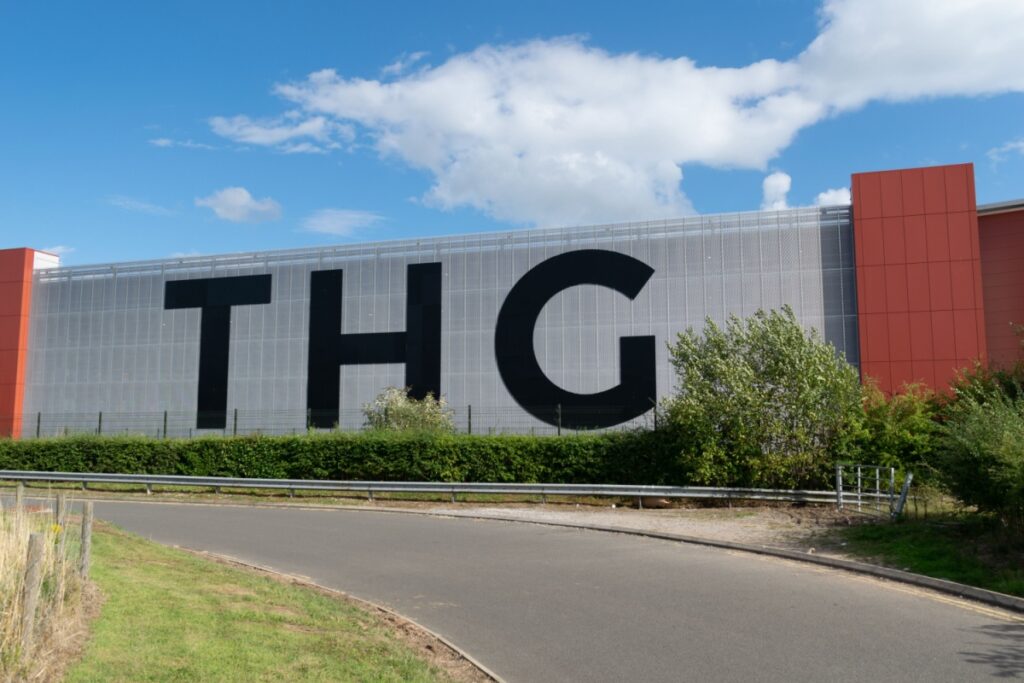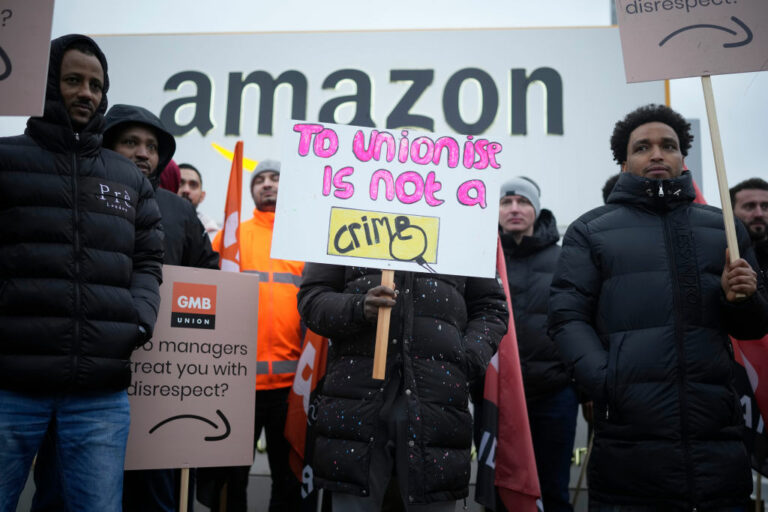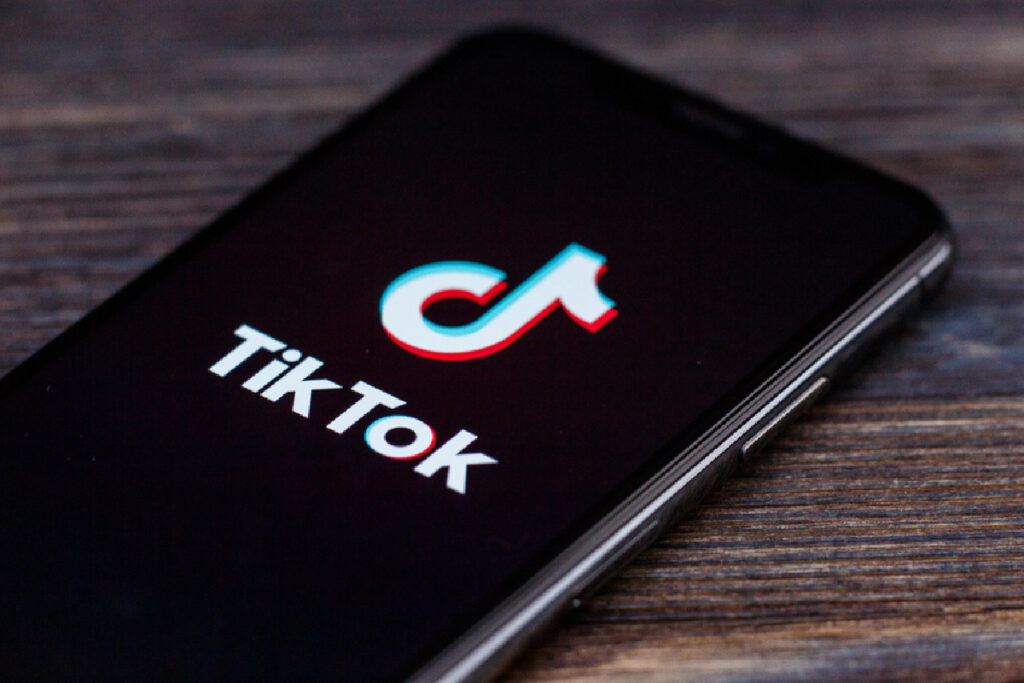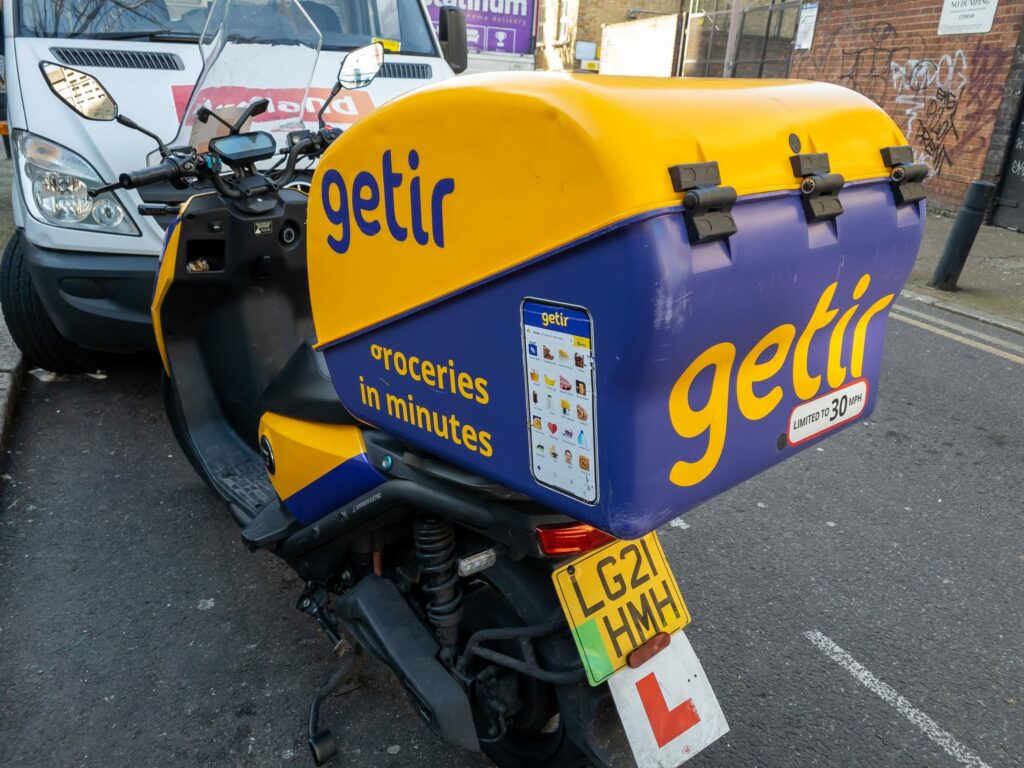Some 90% of retailers say making their online delivery proposition more reliable is a key target in 2022, while 94% said offering more transparency to customers – through tracking features and recipient experience options – is a crucial goal for the year ahead.
That is according to new research released by Retail Gazette and Amazon Shipping, which also found 58% of retailers said the one thing above all else they want to achieve with their delivery service in 2022 is to create a more reliable service for customers.
The report in which these findings can be found, The eCommerce Delivery Manager’s Guide 2022, finds retailers want to achieve this by meeting delivery promises more often or providing more delivery options for customers at the point of online order.
Against this backdrop, Retail Gazette teamed up with Amazon Shipping to bring industry leaders together to discuss how to achieve these targets and the challenges retailers currently faces in meeting their respective delivery promises.
The roundtable welcomed representatives from a wide range of retailers including Made.com, Monsoon-Accessorize, Mulberry, and Tesco, who all had their own stories to tell at a time of significant supply chain disruption and business change.
One retailer revealed more than half of customer queries coming into its contact centre relate to delivery, including returns, underlining the importance of optimising this area of operations.
Unprecedented disruption
In The eCommerce Delivery Manager’s Guide 2022, Retail Gazette reports on Roderick Taylor, owner of homewares online pure-play Cox & Cox, who sent an email of apology to customers in February, acknowledging how difficult a period it is for retail.
Reflecting on widespread pandemic-induced delays encountered with Cox & Cox’s pre-Christmas manufacturer orders, which led to “constantly shifting dates” for delivery, Taylor candidly wrote: “As you placed an order during this time, I must assume your experience with us was a bad one.”
Global supply chain disruption caused by the pandemic, Brexit-related red tape and – more recently – the war in Ukraine and new Covid-19 lockdowns in China – have caused unprecedented problems for most retailers.
Reneging on delivery promises, and subsequent honest and transparent customer messages like Taylor’s have been the result.
Many of those at the roundtable nodded in empathy with the story from Cox & Cox, describing a multitude of delivery problems encountered in the pandemic and cautioning that fulfilment reliability issues persist.
“Delivery has always been a challenge,” said Jess Rastelli, a retail analyst at the roundtable. “It’s the part of the ecommerce experience that is most customer-facing.”
Retailers had the problem of a courier backlog during the height of Covid, said another, while one guest said Brexit was – and continues to be – a bigger problem for the company’s supply chain than the pandemic due to various legislation and levies.
“When a retailer has to push their delivery time to seven days, it doesn’t look good,” explained Rastelli, who added that returns have been a big issue for fast fashion retailers, which – in many cases during the pandemic – couldn’t get items back from customers and restored to inventory quickly enough.
The strength of retailer-supplier relationships has been under scrutiny during these difficult times, too, and retailers around the table agreed there is much work to do to strengthen these collaborations to help ensure a more reliable delivery service.
Building better relationships
Whether inter-departmentally or from a supplier perspective, retailers at the event agreed they should be finding ways to foster collaboration and new-style partnerships.
Jason Carpenter, strategy operations manager at Tesco, said the supermarket chain’s customer care and supply chain teams coming together in the pandemic was “vital”, with the “synergy becoming crucial” on an ongoing basis. Through such close working, the business could operate in a more agile manner, he added.

Carpenter continued: “With suppliers, a relationship is built on trust – and that requires an open dialogue.
“We’ve listened more than ever in recent years because we realise that by doing that we can gain end-to-end transparency of operations and provide full visibility internally which reflects in our customer communication.”
Another retailer warned: “The damage done to a retailer through non-fulfilment, which is often the fault of a third-party logistics (3PL) provider, is hugely significant.”
Rajiv Thakrar, director of group finance at Monsoon-Accessorize, remarked: “3PL providers tend to work with a standardised model but retailers want a bespoke service from them.”
Rastelli continued: “Retailers need the 3PL provider to feel like the brand/s they represent.”
Bringing issues right up to date, another roundtabler said: “The lockdown in China is a massive issue now.
“Everyone is feeling it and every business needs to work closely with the correct partners to navigate these challenges.”
READ MORE: The eCommerce delivery manager’s guide 2022
What are the priorities?
According to the Retail Gazette-Amazon Shipping report, the biggest factor holding retailers back from using the right tools, adopting the most suitable strategies and finding partners to help them improve delivery reliability remains financial constraints.
Retailers around the table agreed access to capital is certainly not straightforward in the current environment, but there was an acceptance the pandemic has forced their hand – and boards typically now see digital and organisational transformation as a necessity.
The eCommerce Delivery Manager’s report suggested that order and warehouse management systems are expected to be the main area of tech investment when it comes to optimising the delivery proposition in 2022.
Meanwhile, only 18% of retailers surveyed for the report said they have implemented automation and digital systems related to their delivery proposition already and were not making any further investments in this space, suggesting this will be an area of widespread focus and change in the coming 12 months.
Some 40% are looking to partner with new shipping services or delivery providers who can provide the tech solutions needed to drive a better delivery experience, and 82% of retailers say it is vital to offer customers delivery windows.
Half of the retailers questioned for the research said they are planning to invest in digital solutions in 2022 to improve reliability and tracking. 27% said they wanted delivery partners to this for them, and 38% said they will offer customers more recipient experience features such as notifications, predictive delivery windows to achieve this.
The retailers around the table cited different priority areas for the year ahead, with some looking to develop more sustainable procurement and fulfilment, while others want to personalise delivery.
Improved tracking and better transparency were mentioned by multiple retailers at the event as a way to improve their delivery proposition in 2022, with Rastelli saying the fast fashion world in particular could benefit a lot from implementing integrated systems that foster a more proactive approach.
“Such focus would decrease the costs associated with queries coming into the contact centre and enhance the overall customer experience,” she said.
Retail Gazette and Amazon Shipping’s report shows that in the last year only a quarter of retailers said they felt they had met their customer delivery promise in the last 12 months. With delivery such an emotive issue for online shoppers, it is clear there is much improvement required.
Ines van Gennip, head of Amazon Shipping in the EU region, who was part of the roundtable discussion, said: “For the ecommerce manager or COO who knows they need to improve their online delivery proposition, there’s plenty of opportunity.
“Operational handovers between warehouse and delivery partners can be transformed through integrations or usage of shipping accounts. And, for more recipient communication, options and visibility, offering customers greater control of their deliveries options can vastly improve their satisfaction and chances of shopping with you again.”
She added: “My advice is for retailers to use this time to invest in automation and partnerships that create a more resilient delivery proposition, and help improve that all-important recipient experience.”
To read the full report click here.
Click here to sign up to Retail Gazette‘s free daily email newsletter


















